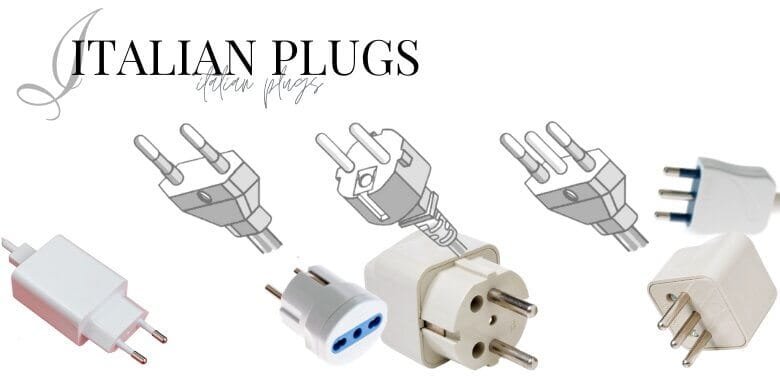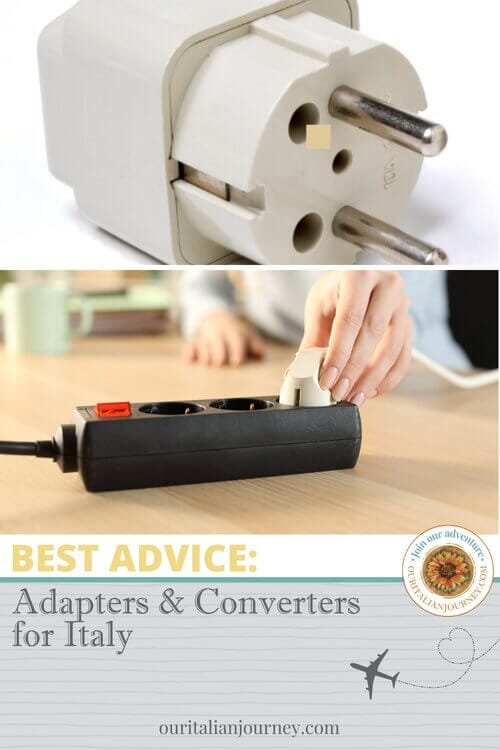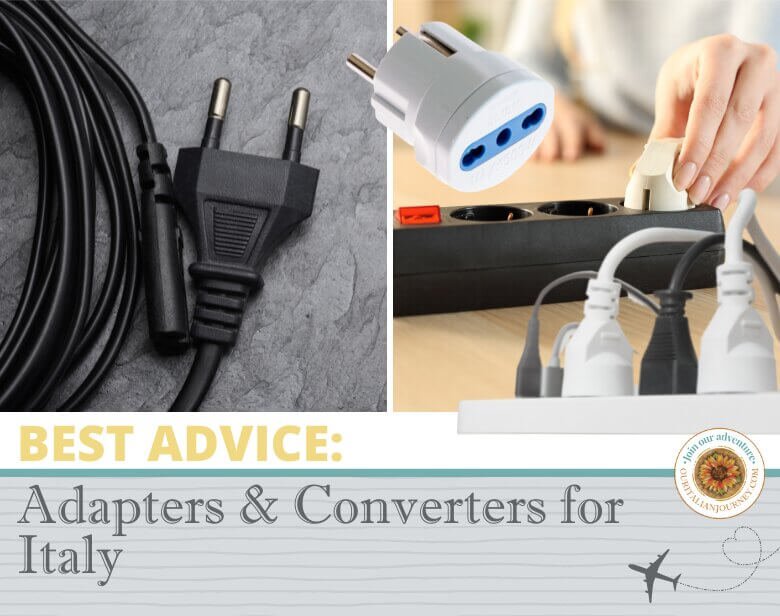A little story about electrical converters. Here I am one day clipping my hair with electric barber-style clippers, and I smell something burning. My hair clippers are smoking like crazy and getting hotter in my hand. I immediately dropped them in the empty sink and unplugged them from the bathroom outlet. I’ve used these clippers in the past here in Italy and couldn’t figure out what was different this time.
This post contains affiliate links that help keep this website running. By purchasing through our links, we make a small commission at no extra charge to you. Thank you for your support!
I waited an hour or so before I plugged it back in, turned it on and nothing happened. My favorite hair clippers were dead, gone – finato. I am sure this has happened to most Americans who bring an electric device on their trip, plug it into a regular adapter and try to use it. It may work one or two times but sooner or later it will happen.
The Reason Why
The reason is simple. European electricity is 220/230 volts at 50 cycles per second and American electricity is 110/120 volts at 60 cycles per second. Two totally different currents but the fix is really a simple one.
Every electrical appliance you buy will tell you what its power needs are. You will find these on the power cord, the charger, the unit itself, or in the owner’s manual. Today items like laptops, tablets, cell phones, and cameras come with a dual voltage rating. They will have a listing like 110/220 volts 50/60mz somewhere either on the unit or in the owner’s manual. Items marked this way are safe to use with just a standard European (type “C”) outlet adapter. Items that will need a special adapter would be hairdryers, hair clippers (I wish I had known this), or travel hot water kettles – any electrical unit with the standard American power listing (110/120volt, 60mz).

The Plugs| Electrical Converters
Now let’s talk plugs. America uses two types A and B. Type “A” (two prongs) or type “B” (three prongs- two flat/one round), the round prong being the ground prong. In Europe, there are three types of plugs, C, F, and L. Type “C” has two round prongs. Type “F” has three round prongs and two earth-ground clips, one on each side. These are usually used for higher output items like microwaves, toasters, etc… Type “L” has three bigger prongs.
We travel with a few European “C” type plug adapters, one or two European “F” type adapters, and one European “L” type adapter. We also carry a multi-plug power strip which we find convenient for plugging several devices at one time and it has a built-in voltage converter so our 110/120volt 60mz items are not fried.
I know this sounds difficult but believe me, it is simpler than it sounds and it is cheaper than having to buy new appliances during your trip. Finding the right electrical converters to use is pretty easy.
Conclusion
Most devices today are designed to run on dual voltages, including most laptops and cell phones. Always check the electrical input specification for each item before plugging anything in to charge.
It’s always good to carry a few different converters with you but if you are staying at a hotel or BnB, they should provide you with a few. You can always inquire ahead of time about which types of outlets their building is using. If all else fails, they sell these converters in most grocery and small hardware stores for your convenience.











And there you have it…….great article. Very succinct & to the point. It seems recent travels have added to my confusion concerning “why does my converter(s) not fit”. Now I have a better understanding.
Thanks for the comment, Barbara. It’s even crazy in our apartment that we have to have more than one converter. This post seemed relevant with all the questions we’ve had lately on social media and through email. Always hope our posts help. Thanks again!
CPAP machines are also dual-voltage, as are Philips Sonicare Toothbrushes.
Thank ou Greg for the added information! Appreciate the comment.